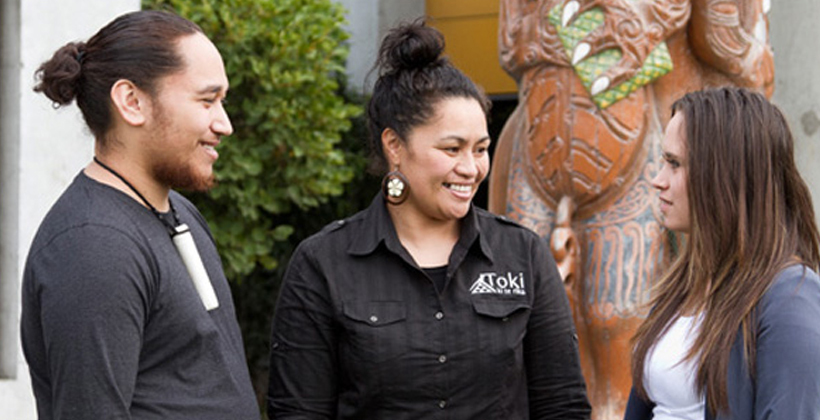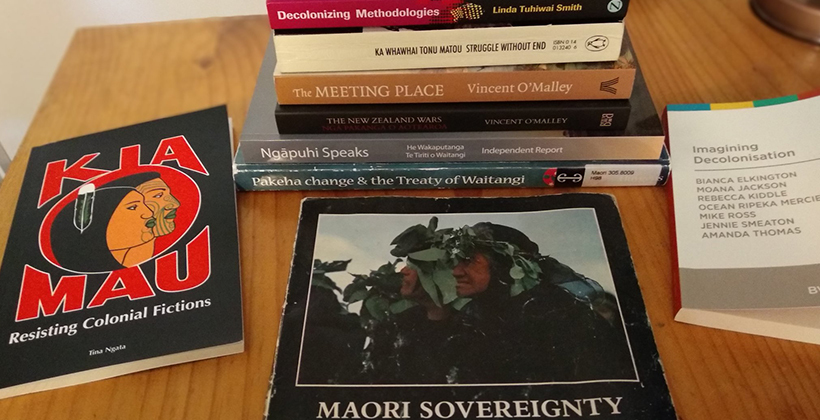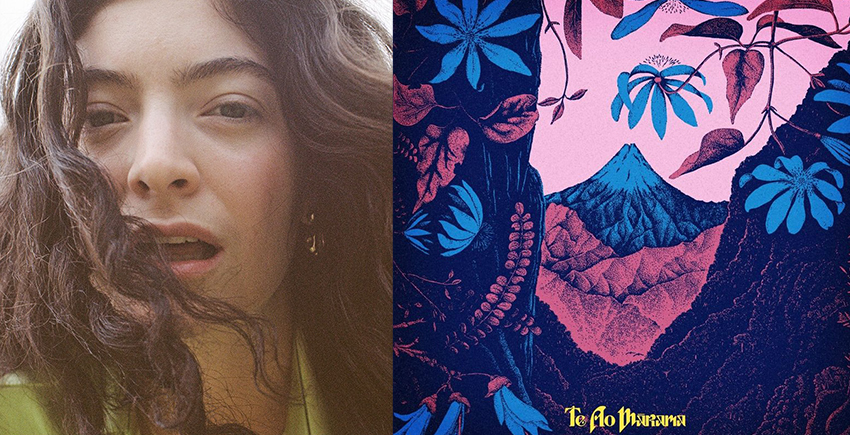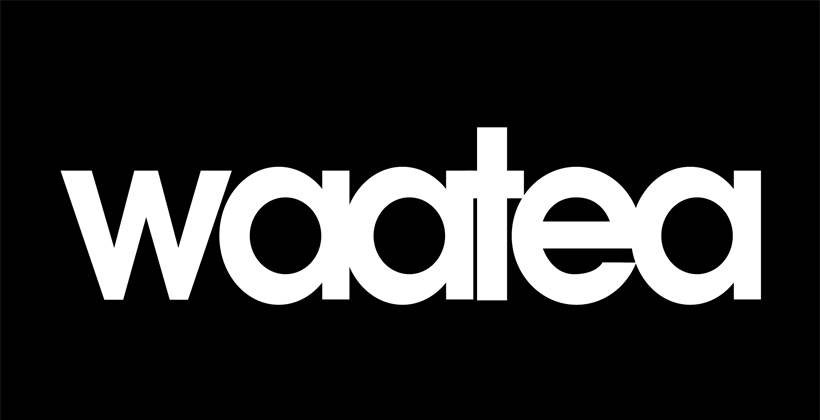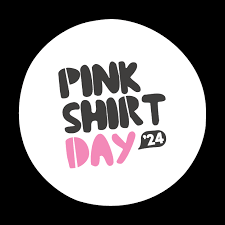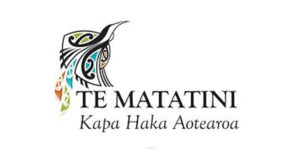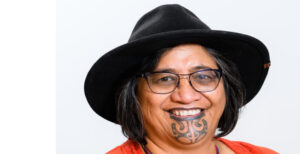January 03, 2022
OPINION: Moko and me, a year on

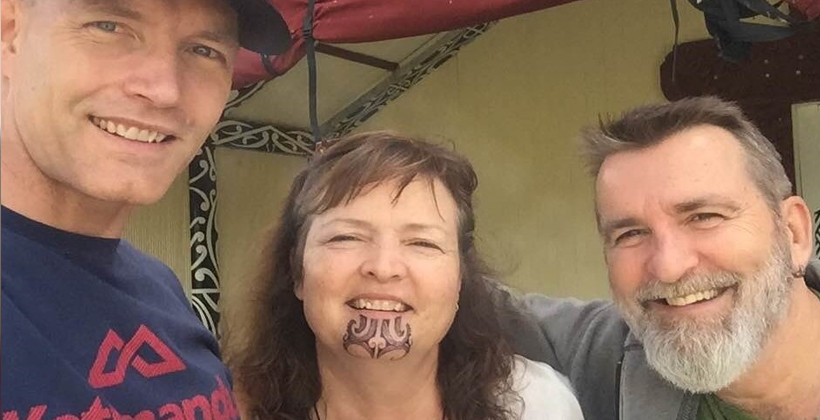
Atakohu Middleton
Kaiako/Lecturer, Te Wānanga Aronui o Tāmaki Makau Rau/Auckland University of Technology
In January last year, I wrote two Waatea columns about moko kauwae. In the first, I talked about how I felt as I prepared to receive mine (https://tinyurl.com/3n6rcsmr); the second (https://tinyurl.com/3cr89kxy) documented how I felt as I underwent the process. Both columns, when posted to the Waatea Facebook page, generated much useful kōrero, and readers pounced on the odd troll who popped up (ngā mihi!)
For this column, I thought I’d reflect on my first year as a wahine mau moko. First up, I haven’t had a moment’s doubt that becoming a wahine mau moko was the right thing to do. I still delight in seeing the spirals and niho taniwha in the mirror.
I feel uplifted and proud to carry her ao noa, pō noa, day in and day out. She also reminds me that I am, ahem, no longer anywhere near youth-adjacent and that I should carry her with the dignity she deserves. (My moko doesn’t have a name, by the way; some kaitā name their moko kauwae).
He mea hūmārie, nice moments: There aren’t that many wāhine mau moko where I live in central Tāmaki, and several times, Māori who have been strangers to me have called out “kia ora, whāea!” as they pass by. It warms my heart and reminds me that as Māori, we have an unbreakable connection – our whakapapa and our ahurea, our culture.
He hua nui, one big advantage: I no longer have people asking me if I am Māori, though the judgemental pātai “what percentage Māori are you?” from a certain generation of Pākehā still arises from time to time.
My moko has become an agent of change, normalising moko kauwae in the places I live and work. She has also become a teacher. In one of my undergraduate classes, a student approached and pointing to my chin, asked, “Is it real?” I was able to tell her that yes, the moko was permanent and what it meant to me.
That said, I have to put myself in a space of patience and aroha to answer these sorts of questions – sometimes, when you’re tired or stressed, finding that aroha can seem a challenge (same goes for the “what percentage?” question). That’s when I remind myself that there is a bigger kaupapa here, and that’s helping our Tiriti partners get up to speed on te ao Māori. If, for some people, the gateway is my moko kauwae, ka pai tērā.
In the picture above, I’m between my brother Brad, on the left, and husband Andrew, both of whom watched my moko emerge in the Whāingaroa studio of kaitā Simon Te Whero nearly a year ago. As I write this, Brad, Andrew and I are holidaying together, so I asked if they had encountered any negative responses to my moko.
I haven’t clocked any negative reactions, but I haven’t been looking for them, either. Brad hasn’t noticed anything untoward when out and about with me. Andrew recalled just one – and that was a couple of weeks before my moko was brought to life.
We were at a birthday do that comprised mostly Pākehā of our ages. When my impending appointment to receive my moko kauwae arose in a group conversation, one of the men there, a British migrant working for the police, visibly recoiled. I didn’t notice this, but Andrew did and recalled that he instantly went on the alert. Understandably, he felt protective of me and wondered what this man might say.
However, as the conversation continued, Andrew saw that the man relaxed and nothing untoward arose. I’m not quite sure why the prospect of a wahine taking moko would engender such a reaction in a non-Māori, but you know what … that’s not my problem. And who knows, the man might have learned something from that moment.
Radio Waatea and its board would like to advise that the opinions posted are those of Atakohu Middleton and not the views of Radio Waatea, its management or its board.

